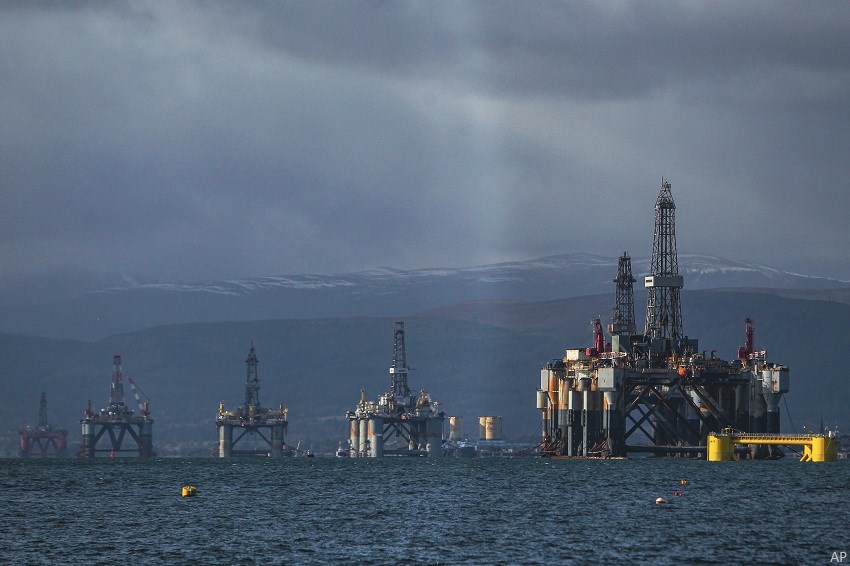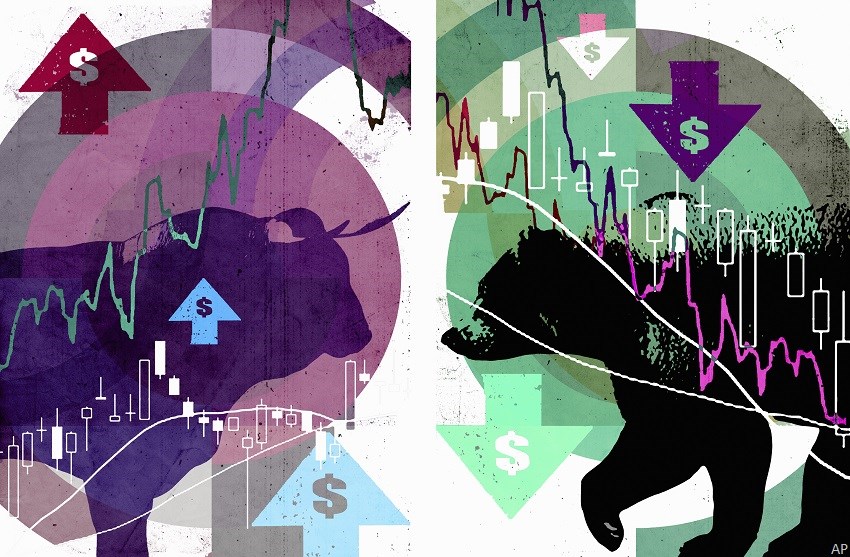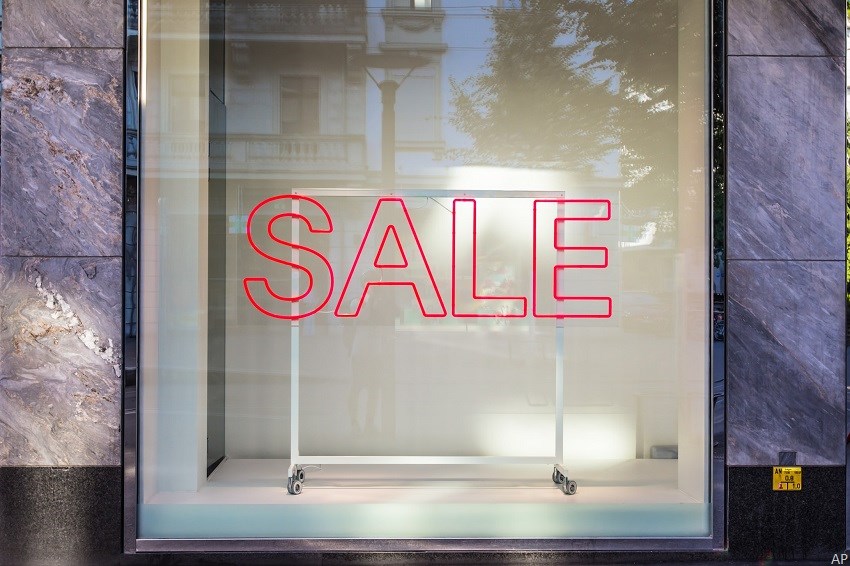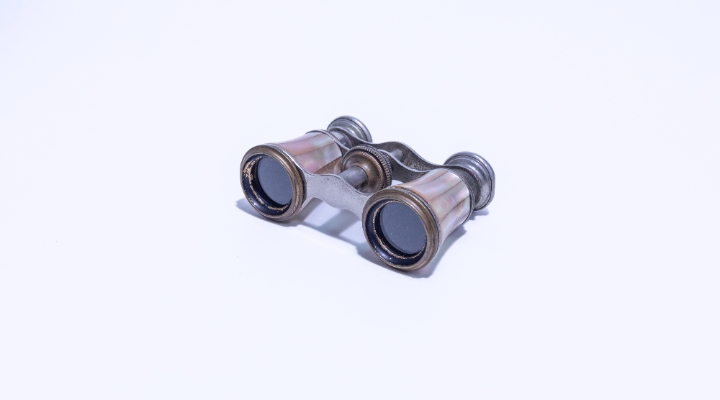
Born and raised in Calgary from a generation of oil-and-gas professionals, Rafi Tahmazian is not daunted by the challenges for zero carbon emissions and its impact on the Canoe Energy Portfolio Class mandate.
Both grounded in the here and now and poised for the future, Tahmazian, director and portfolio manager at Canoe Financial LP in Calgary, uses a top-down approach to mitigate risk, with co-manager David Szybunka.
“I’m a person who tries to understand the cycles of all the subsectors,” says Tahmazian, “I play in energy, that’s my sector, but I have nine subsectors today and I watch the ebbs and flows of those subsectors constantly. The risk my clients are taking is my timing of buying in these subsectors, not the stocks that I’m buying.”
Balancing the Subsectors
The seven subsectors currently invested in include: crude oil, natural gas, services, midstream, alternative power/energy technology, refining/integrated, and cash. The high-conviction fund of 22 holdings is weighted in approximately 83% Canadian equities and 11% U.S. equities.
When rebalancing the subsectors, the focus is on fundamentals, intellect and common sense. “We’re pessimistic investors,” says Tahmazian, “opposing group think. When everybody was saying, ‘we are about the new world, the green world, the clean world,’ we’re like, okay, fine, but what about the world you’re using? Energy is all around us at all times. In the down times, we still use energy.”
Mitigating risk is a constant, in-depth investment process. “It’s a complex balancing game of all of these things today,” he adds. “We are exhausted but it’s our passion and we’re benefiting from the fruits of our labour.”
Other risk measures include limiting ownership in a company to 20% and holding no more than 10% in a stock.
The Covid situation was the signal that the managers anticipated. “Our government put a clamp on our industry,” says Tahmazian, “and the elevated regulations in Canada forced the Canadian oil and gas sector to start to consolidate, start to contract, and the industry was waiting for the next signal of how they should move forward.”
Consolidation Catalyst
He says it took a few months to watch for the debt restructuring and the next level of the M&A cycle that started by June 2020. “We saw that coming,” says Tahmazian. “You don’t want to buy a company that’s being sold at the bottom of the cycle. Buy the companies that are buying and consolidating their assets to make themselves stronger and bigger.”
Dividend Discipline
What also amplified the feelings towards the changes was that these traditional businesses did something very critical after Covid hit: they all started to become dividend distributors. This happens, while according to Tahmazian, businesses have gone from exploration in the basin to exploitation. “So we’re getting cash back,” says Tahmazian, “instead of them taking that money and spending it in the ground.” The managers want to invest in this basin with the mindset that it’s a manufacturing industry now. “That’s how we put capital to work. We try to find the best manufacturers and if the manufacturer wants to grow organically or through a transaction, well then I’m going to scrutinize that,” he adds, “That’s why I want to be part of the best manufacturers. If you’re a really good manufacturer, producing the widget cheaper and cheaper while the commodity price that you’re selling it at is going higher and higher, that’s going to create more and more money.”
Favoured Stocks
“So when I buy the gas sector,” says Tahmazian, “I buy Tourmaline Oil Corp. (TOU), I buy ARC Resources Ltd. (ARX), and in the U.S., there are sizable quality gas names.”
Hydrostor, an energy storage system, based in Toronto, illustrates a private equity holding within the alternative power/energy technology subsector. The private equity investment was seeded by the Canoe team six years ago. “We expect bulk energy storage,” says Tahmazian, “to become one of the key focal points in the buildout of the evolution of energy.” Since then, Hydrostor was given a US$250 million injection of capital by Goldman Sachs Private Equity. Hydrostor now has elevated, quality exposure and is extremely well capitalized to take advantage of many different opportunities, he says.
Halliburton Co. (HAL), the largest oilfield services company in North America is also favoured. The company has evolved into the premier wellbore engineering company with improving businesses services and equipment, especially in the area of pressure pumping. “Given the lack of investment equipment left,” says Tahmazian, “and ability to get people is so tight, we believe that this group is on the cusp of pricing power. Halliburton expects their fleet to be in excess of 90% utilization in the coming quarters.”
Looking ahead, “probably this alternative energy space is going to be counter-cyclical,” says Tahmazian. “I have a water recycling company, a biodiesel business, a bulk battery storage business now, and these are all very powerful entities that will mitigate a lot of the volatility of traditional businesses when it starts to get choppy.”
When considering the fund, “I always tell people the most powerful tool they can use for buying finds is, if we’re constructive about the sector, which we very clearly are today, you should always buy my funds during a dip, not a rally.”







.jpg)











